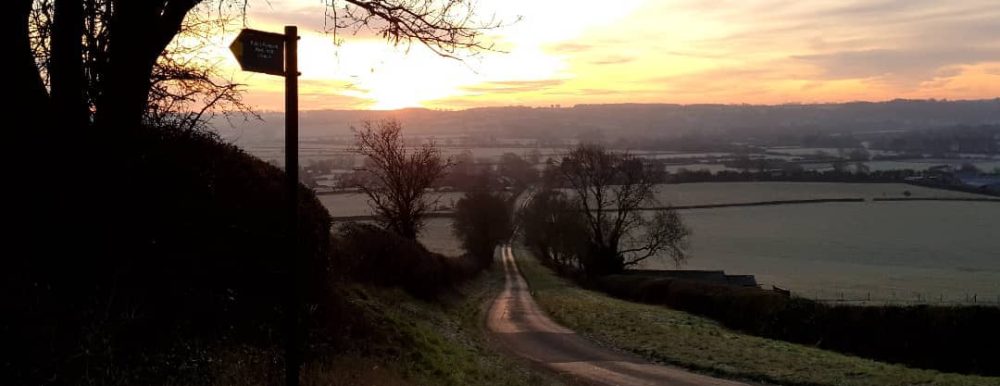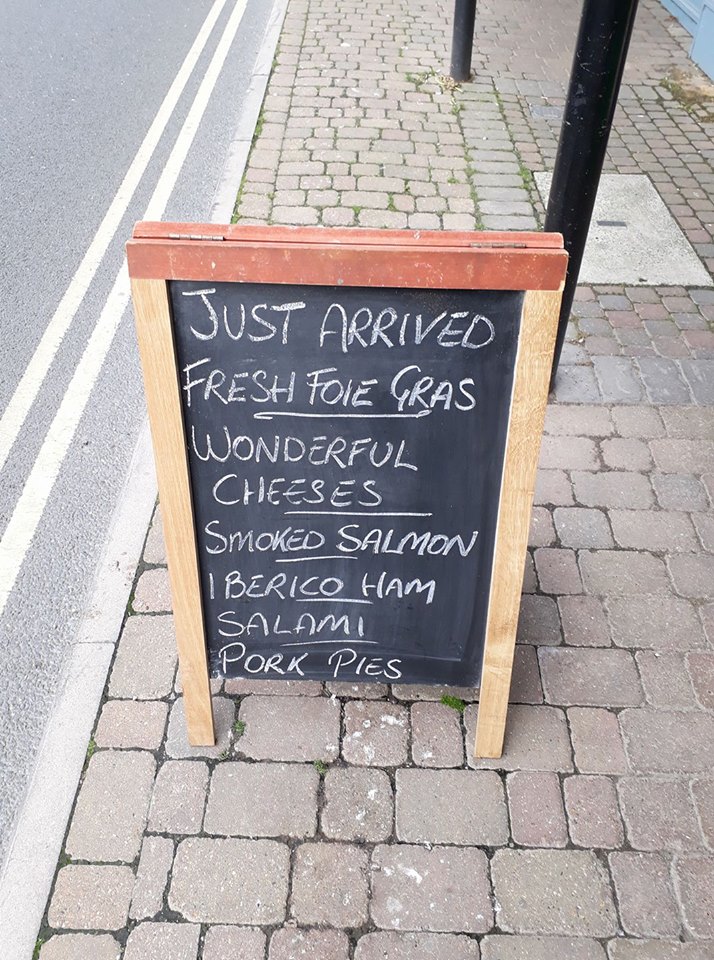It is now generally accepted (outside the White House) that human-induced climate change represents a clear and present danger to the survival of human civilisation as we know it. In 2018, the Intergovernmental Panel on Climate Change reported that global greenhouse gas emissions need to be reduced to net zero by 2050 to avoid the threat of runaway climate change. As a result, governments around the world have been moving at varying speeds to translate this imperative into legislative and policy changes and practical action.
The conversation about reducing emissions usually centres around three main areas: reducing emissions from electricity generation, from buildings, and from transportation. But there is a fourth area that requires addressing if we are to successfully meet the 2050 deadline and that is emissions from food and land use. In fact, the issue of food and land use sits at the intersection of the three great global challenges of our time: climate change, how we are to feed an ever growing human population that is predicted to number 10 billion souls by the end of the century, and how to halt, and preferably begin to reverse, the ongoing sixth mass extinction in the history of our planet that has seen 200 species of vertebrate animals become extinct in the last 100 years along with an unknown number of invertebrates (unknown as these creatures often go extinct before their existence is able to be catalogued by science).
Let’s look at the issue of food supply first. 29% of the Earth’s surface is land (the other 71% being ocean): a total of 149 Million square kilometres. Of this land, 71% is classed as habitable land, as opposed to glaciers (10% or 15 Million km2, 90% of which is the land area of Antarctica), or barren land (19%: deserts, beaches, rock outcrops, etc). Of this. 50% (51 Million km2) is agricultural land and 37% (39 Million km2) is forests. A staggering 80% of this total global stock of agricultural land is used to either keep, or grow food for, livestock. What is more, the livestock that utilise all this land only account for 20% of the total calories consumed by human beings: yet another example of the 80:20 rule (the Pareto principle to economists) in action. With global population predicted to increase from 7.7 Billion in 2019 to 10 Billion by the end of the 21st century, the world’s stock of agricultural land is going to come under pressure to produce more food. Given that the 20% of this land that grows crops for human consumption and produces 80% of the calories is 16 times as efficient (4x the calories from ¼ of the land) than the 80% that produces animal products, logic would suggest that a rational world would increase food production by repurposing some of the 80% from livestock to growing crops.
However (spoiler alert), ours is not a rational world. Between 1960 and 2013, global population increased by a little over 200% but meat consumption increased by 500%. In addition to there being more people on the planet, those people have on average got richer, and rich people eat more meat than poor people. This seemingly insatiable demand for meat has led to “innovations” in livestock production that are bad news for biodiversity. Firstly, livestock production has become more intensive: in the place of extensive outdoor grazing systems have come rearing sheds and feedlots, the construction of which has led to vast areas of land being concreted over. Secondly, the production of food for these housed livestock has also intensified: the biodiverse pastures of extensive grazing systems have been replaced by rye grass monocultures that have been developed by plant breeders to respond vigorously to large amounts of inorganic fertilizer to produce the vast quantities of forage required, supplemented by cereals such as wheat, barley and maize that are grown in a similar manner. When intensification can do no more to increase production, the only way to further increase the production of livestock to meet the ever-growing global demand is to create more agricultural land by encroaching on some of the 37% of the world’s land that is covered by forests. Deforestation, especially of old growth primary forest, is disastrous for biodiversity. Tropical rainforests, which are being felled at an unsustainable rate to provide food for cattle or grow crops such as palm oil, cover around 2% of the world’s land area but are home to some 50% of the world’s plants and animals.
Livestock production accounts for around 15% of global greenhouse gas emissions, and land use change, of which the conversion of forest to farmland is a major element, a further 12%. Worldwide, trees and forests absorb around 25% of total greenhouse gas emissions so it is not hard to see that reducing this forest area, creating more emissions in the process, in order to add to the 15% of emissions produced by livestock is a bad idea. If the loss of biodiversity and the increase in climate change-inducing emissions were not enough, the destruction of primary forest habitats has been linked to the emergence of new species-jumping diseases such as Covid-19 and yet the growth in meat consumption and the felling of forests to create new farmland to produce livestock to satisfy this demand continues unabated. Ours is not a rational world (see above).
Taking all the above into account, it is not hard to see that, if we are to stand a chance of tackling the three existential crises of climate change, biodiversity loss and global food supply, worldwide consumption of meat needs to dramatically reduce and in the interests of equity and sheer mathematics, those richer countries whose citizens consume up to 10 times as much meat as those of poorer nations, and where there is an obesity epidemic that threatens to reverse the decades-long trend of increasing life expectancy, need to lead the way.
Does this mean that all of us in the western world need to adopt a vegetarian or vegan lifestyle in the interests both of our own health and that of the planet? Not necessarily. The EAT-Lancet Planetary Health Diet is a global reference diet for adults that is symbolically represented by half a plate of fruits, vegetables and nuts. The other half consists of primarily whole grains, plant proteins (beans, lentils, pulses), unsaturated plant oils, modest amounts of meat and dairy, and some added sugars and starchy vegetables. The diet aims to provide the level of nutrition and mix of foodstuffs that optimizes outcomes for both individual and planetary health whilst being compatible with achieving the UN’s Sustainable Development Goals.
Of course, what is missing in this article so far is any mention of animal welfare or the moral and ethical dimension of the decision to adopt a vegetarian or vegan lifestyle. This is intentional: much has been written about these considerations elsewhere and my aim has been to make the case for reducing meat consumption for quantifiable reasons to do with climate change, biodiversity loss and maintaining a global food system that can address these issues whilst being capable of feeding 10 Billion people in the not too distant future. A consequence of the extensification of livestock production will be an increase in animal welfare but that is not the motivating factor behind the scenario presented here, on the basis that people who are concerned about animal welfare are more likely to have already adopted a vegetarian or vegan lifestyle.
So what might this global food system look like? To start with, a dramatic reduction in meat consumption will lead to less land being required to rear and feed livestock. Given the fact that land growing crops for human consumption is able to produce calories 16 times as efficiently as land growing animals, and a global population of 10 Billion represents an increase of around 30%, it stands to reason that not all the land currently used for livestock will be required for growing crops. Following a regime like the Planetary Health Diet still requires a certain amount of livestock production but the remainder will be available for planting new forests or creating new wilderness areas: in short to give back to the non-human species with whom we share the Earth some of the habitat that humans have destroyed. How people are persuaded or coerced to reduce their meat consumption remains to be seen but it is likely that persuasion in the form of education will only go so far and that a certain amount of coercion via manipulation of the pricing mechanism for animal products is almost certainly going to be required. This could either take the form of demand side measures, such as some form of “meat tax”, or measures to restrict supply, such as production quotas and regulations banning certain intensive animal-rearing practices. The effect of both these approaches will be to raise the price of meat products, leading to a fall in demand. There are all kinds of socio-economic issues that will need to be addressed such as protecting the livelihoods of small farmers and preventing rural depopulation (other than where this would be beneficial in establishing new wilderness areas) but these will mainly require transitional measures to support the shift from a high volume/low value model of livestock production to a low volume/high value one. In addition to reducing the amount of meat in our diets, we need to urgently consider where the remaining plant-based ingredients come from. The practice of shipping and flying food around the world needs to stop, or at least be significantly reduced. We are beginning to see a return to shopping locally and eating seasonally, although work is needed to make this more than a middle-class preserve. Food poverty continues, shamefully, to be an issue even in the wealthiest societies and policy measures are needed to ensure that good nutrition, along the lines of the Planetary Health Diet, is available to everyone, regardless of income.
In conclusion, if humanity is to tackle the triple threat of climate change, biodiversity loss and starvation, there needs to be a significant reduction in meat consumption, starting with the world’s richest nations. Breaking the link between income levels and meat consumption would help ensure that future economic development in poorer countries is genuinely sustainable. In addition to the reduction in meat consumption and livestock production making a significant dent in the 15% of global emissions that are attributable to the sector, as growing crops for human consumption is so much more efficient in terms of calories produced per unit of land, feeding a growing global population on a predominantly plant-based diet would allow land to be made available for afforestation or wilderness creation, thus increasing both biodiversity and the capacity of forest ecosystems to absorb carbon dioxide from the atmosphere, further mitigating climate change.


